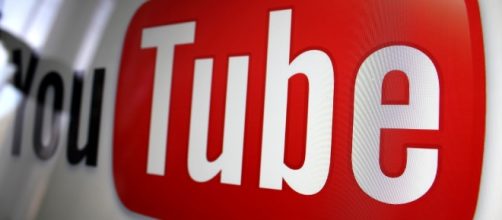YouTube has been a pillar of the internet for many decades. It's the primary go-to site for people who want to upload their personal videos. From its humble roots as a personal Video-hosting site, it became a platform in itself, where even business and shows with professional production values thrive. YouTube has indeed become a viable replacement for our "real life" tube, the television.
But it wasn't always that way. A recent article from The Verge describes how YouTube evolved from a crude video site that is most likely seen in embeds to other sites, to a full-fledged platform for professionally made shows.
It has a lot to do with "perfecting the feed," and utilizing an AI algorithm that can recognize users' interests.
From Sibyl beginnings
YouTube's first integration with AI was with an algorithm called Sibyl. It is made by Google, and it gauges user interest by what videos they watched, recommending clips according to user data. However, Sibyl was a bit basic and rudimentary. To get where they are now, YouTube needed a better AI.
Google's acquisition of YouTube did a lot of good to the video-sharing platform. For one thing, this acquisition is what led to YouTube using Brain, an AI that is more sophisticated than Sibyl.
This was also around the time that Facebook started growing as a force to be reckoned with in the social media scene.
At that time, they also developed new AI to manage their feed. The Facebook algorithm became a model to the news feed as it is seen today: a steady stream of updates that relies on relevance and user interest.
The use of Google Brain
Google's "Brain" AI did YouTube a lot of good. Similar to how Facebook handles their news feeds, Brain switched the focus from a channel-based format to a stream that is served according to a user's interests. This is also similar to what Sibyl did, but Brain has several things that make it a lot better than the earlier AI.
“One of the key things it does is it’s able to generalize,” says Jim McFadden, lead for the technical side of YouTube recommendations.
He added that Brain recognizes patterns that are less obvious to humans.
For example, when one watches a video of a comedian and likes it, Brain does not serve up just any other comedian next in the stream. It looks for similar -- but not quite the same -- style of comedian, and this is determined by a lot of factors.
In any case, it's not just saying that "So, you like comedians — here's another completely unrelated video about a comedian."
Google Brain continues to develop its algorithm. Presently, it considers factors like video length, quality of content, or whether the user watches on mobile or on PC. It adjusts its recommendation based on every user, and it is this experience that makes the YouTube home page like a one-stop place for information and entertainment.


